What we do, how you can ask for data and how much it costs.
What do we do
We collect a wide range of data on transport movements across Bristol. This is crucial to allow the city to plan for the future and to assess the impacts of past investment in transport.
Why do we collect data?
We monitor many aspects of the city's transport to:
- identify trends and develop models
- assist with planning for the future
- assess changes in behaviour
- assess the impacts of new developments
- help secure resources to improve the transport system in Bristol
- measure progress towards achieving targets, especially for the Joint Local Transport Plan
- fulfil statutory requirements in support of the Joint Local Transport Plan and as part of our responsibilities under the Traffic Management Act 2004.
What data do we collect?
We follow an annual monitoring programme, but also carry out data on an adhoc basis for specific projects.
The programme includes:
- Cordon, river screenline and link counts which measure traffic flows in, out and across the city.
- Pedestrian and cycle surveys
- Surveys to measure the progress of Greater Bristol's Joint Local Transport Plan (JLTP).
- Public transport surveys of Bus and Rail use.
Some of the survey sites have been monitored for many years. These can provide useful information about seasonal and annual variations. Data is also used to help create models of transport flows throughout the city.
Data on road accidents and casualties are available from the Road Safety Team.
How do I request transport data?
You can look at traffic survey data on our maps system. Select a location to view the data. Most of the data is available at no charge.
Some of the data isn't available online. You'll need to use the contact details on the map to make a request for this data. We may charge an administration fee.
If your organisation has traffic count data for Bristol that you'd like us to include in our database, contact us at transport.data@bristol.gov.uk
If you'd like to request other types of transport data, contact us at transport.data@bristol.gov.uk
What types of data and collection methods are used?
Automatic counts
There are several different types of automatic counter. The council currently uses either sub-surface loops or radar counters to carry out Automatic Traffic Counts (ATCs).
ATCs are generally used to measure:
- Unclassified volumes of all vehicles including annual average daily traffic (AADT).
- Vehicle speeds (it should be noted that these counters cannot be used for enforcement purposes as they do not record registration details).
- Volume of cycles and pedestrians.
We have installed a number of permanent ATC sites around the city and also regularly put up temporary ATCs. For example:
- To monitor traffic at events.
- To monitor the effects of changes to the road network.
Manual counts
These can be tailored to individual surveys. They are usually 12 hour surveys, but timings can be varied where necessary. Types of count include:
- Manual Classified Counts (MCC), for example the volume of traffic classified by vehicle type.
- Turning counts at junctions, or more detailed origin and destination surveys.
- Queue length surveys.
- Pedestrian and cycle usage surveys.
- Private transport journey-time surveys.
- Public transport journey-time and punctuality surveys.
- Public transport passenger counts and user surveys.
- Parking surveys
These manual counts can be conducted either on site by trained enumerators or collected by video survey.
Interviews and user surveys
This type of survey is sometimes needed to gather more detailed information about behaviour or feedback on services. Types of survey include:
- Roadside interviews.
- Public transport user surveys - onboard or at stations / stops.
- Face to face interviews.
- Postcard surveys.
Contact us
When contacting us please provide as much information as possible about the data you require, as a minimum including specific locations, dates and type of information you require.
Contact us at transport.data@bristol.gov.uk
